In today’s fiercely competitive business landscape, understanding the intricacies of pricing is paramount to a company’s success. For investors and private equity firms, the effectiveness of a company’s pricing strategy can reveal a wealth of information about its overall health and potential for growth. Carrie Osman, CEO and Founder of Cruxy, tells us more.
Low ACV: Undervaluing your product
Imagine a scenario where the average budget for a particular department is a substantial US$10 million, yet a company struggles to secure contracts worth even US$30,000. This disconnect underscores the importance of being viewed as a central player rather than just one of many options in the eyes of potential clients.
In such cases, the issue often stems from the way the product or service is packaged and presented to the market. If a company fails to effectively communicate its value proposition and the ROI it offers, potential clients may see it as just another peripheral solution. However, if a company can position itself as a central pillar that addresses a critical need, it can garner positive feedback and attention from key decision-makers, such as CEOs.
Once a customer is secured, the focus shifts to ensuring their satisfaction and willingness to pay more for the value provided. This involves re-evaluating how the product’s ROI is conveyed and avoiding comparisons with lower-tier offerings that could diminish its perceived value. In essence, understanding and adapting to the market’s perception while strategically positioning the product can be the key to overcoming the challenge of low average contract values.
Churn: Pricing to the wrong metric
High customer churn rates can often be attributed to a misalignment between pricing strategies and the metrics driving success for a particular business.
If a company has sold a thousand seats for its product but only has 50 active users, customers may consider churning because their perception of success is anchored on the notion of having a thousand users. However, if the pricing model is structured per user, this can create a disincentive to scale.
This misalignment can lead to dissatisfaction among customers and ultimately result in churn, even if the actual ROI delivered to the business is high. By closely examining customer behaviour and individual preferences, businesses can pinpoint the root causes of churn and determine if it is indeed a metric-driven problem.
Identifying the specific challenges and making necessary adjustments to pricing or product offerings can help reduce churn and enhance overall customer satisfaction. Reconsider your pricing metric and explore alternatives that align with the customer’s long-term success rather than discouraging growth.
Conversion slumps: Packaging for different groups
One of the most telling signs of a pricing strategy in need of adjustment is a conversion slump.
Picture this scenario: once you boasted an impressive 80% conversion rate, you’re now witnessing a meagre 5% success rate. Alternatively, perhaps you’re dealing with a specific market segment, such as mid-sized Tier 2 European banks, which used to convert at a respectable 60%, but now it’s your smaller counterparts, the buy-side Asset Managers, struggling at a mere 20%. These fluctuations in conversion rate may raise critical questions about the alignment of your pricing strategy with the diverse needs and value expectations of your customer segments.
The crux of the matter often lies in how your product is packaged, particularly in terms of the top three hooks and features that you emphasise and how these offerings are bundled together. Take a deep dive into your data to identify which customer segments are experiencing conversion slumps. Are you treating all customer groups with a one-size-fits-all pricing approach?
To address this issue, it’s imperative to delve into the specifics of what each group truly values through in-depth interviews and market research. By customising the packaging to cater to the distinct preferences and requirements of each segment, businesses can breathe new life into their conversion rates. This personalised approach can significantly boost your conversion rates.
Pipeline drop-off: Unclear value proposition
When evaluating your sales pipeline, it’s crucial to pay close attention to drop-offs, particularly at key junctures such as the transition from the early discovery and assessment stages to the scoping phase.
If you find that prospects are losing interest or engagement during this critical shift, it warrants a thorough investigation. Are there discrepancies between the promises made during the deep discovery conversations and the value demonstrated in the technology demo?
It’s essential to pinpoint the root cause. Perhaps the demo lacks relevance to the prospect’s needs, leading to waning interest. Alternatively, consider whether your team is engaging with the prospect at the optimal point in the sales cycle. By analysing these factors and addressing any discrepancies, you can enhance the clarity of your value proposition and minimise drop-offs in your sales pipeline, ultimately driving more successful conversions.
Work on refining your value proposition and ensure that your demos align with the value your product delivers. Engage the right personas at the right stages of the sales cycle to maintain interest and momentum.
What next?
Here are three things you can do right now.
- Re-assess client ROI for informed packaging and pricing
Continuously assess your clients’ ROI to maintain an understanding of how your products or services contribute to their success. Employ feedback and data analytics to pinpoint the specific elements driving ROI, using these insights to adapt your product packaging and pricing.
- Segment conversion insights for client-centric packages
Segment your client base based on industry, size, needs and behaviour, crafting unique profiles to comprehend their distinct conversion paths. Customise your product packages to cater to these varied client profiles, addressing their specific pain points and objectives. Regularly evaluate the performance of each package for different client segments and make iterative adjustments to keep them aligned with evolving needs.
- Analyse Pipeline by Juncture and persona to optimise pricing
Deconstruct your sales pipeline, identifying key junctures where pricing discussions occur. Ensure that these conversations align with the prospect’s readiness and engagement level and introduce ROI discussions early in the sales process to demonstrate how your offering generates value that justifies the price. Equip your sales teams with the necessary data and tools to facilitate meaningful ROI conversations, setting the stage for successful pricing negotiations and long-term client satisfaction.
Your enterprise deals can serve as a mirror, reflecting the strengths and weaknesses of your pricing strategy. By paying close attention to conversion rates, ACV, churn rates and pipeline drop-offs, you can gain valuable insights into how your pricing aligns with your business goals and customer needs.
Embracing a data-driven approach and making adjustments where necessary can lead to improved pricing strategies that drive growth and success for both your clients and your consultancy.




